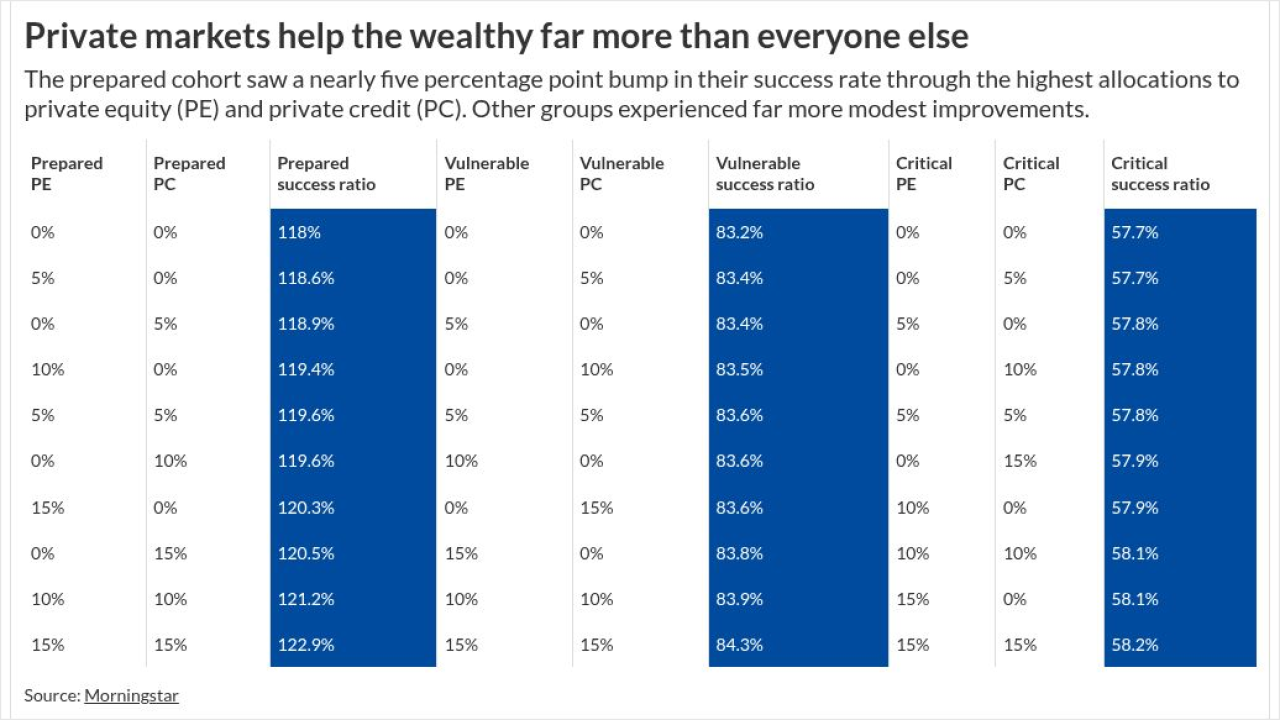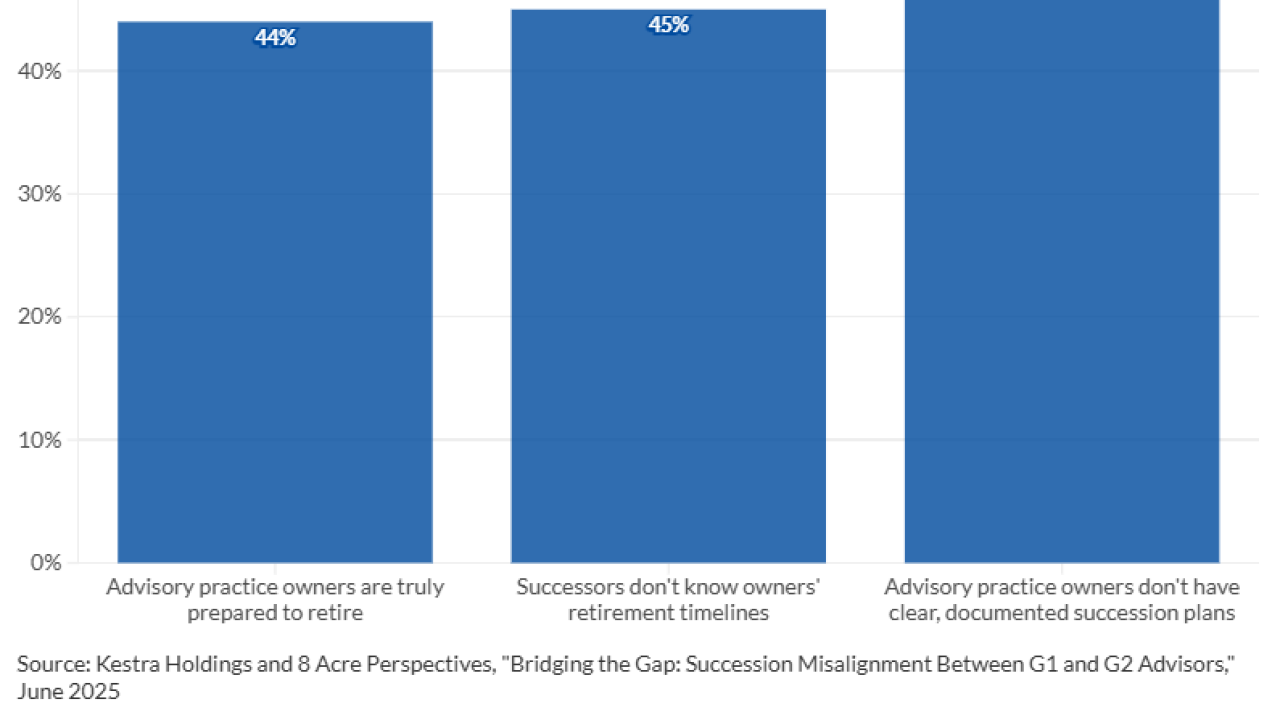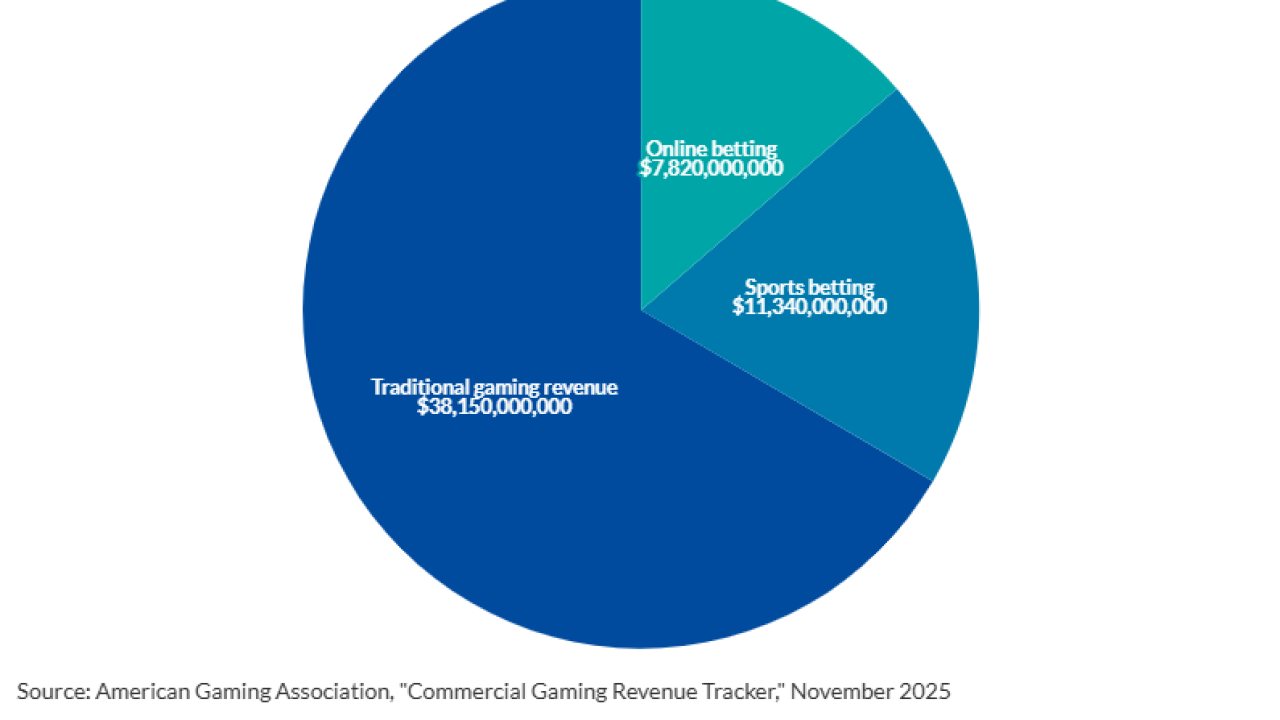ORLANDO, Fla. — RIAs eyeing the SEC’s proposed best-interest rule should be encouraged by “the possibility that the language will become more pure,” says Pershing Advisor Solutions CEO Mark Tibergien.
The so-called Regulation Best Interest would

Independent broker-dealers have largely
However, the outcome of the proposal remains in flux, with the SEC opening a public comment period this summer after
With nearly $2 trillion in assets under custody and/or administration, Pershing plays a major role in the industry. The firm connects “product manufacturers to clients and clients to product manufacturers in one of the largest meeting places in the market,” CEO Lisa Dolly
Tibergien “couldn’t possibly predict” how the SEC proposal might evolve in coming years for Pershing’s roughly 800 BD clients and 750 RIA clients, he says. He does see “an opportunity to present real choice to the marketplace in an informed way with great transparency” as one possible benefit for RIAs, though.
“The whole concept of ‘advisor’ was that this was a fiduciary role. It was different from a broker,” Tibergien said in an interview at Pershing’s Insite conference. “Clearly, it wasn’t a term that was enforced as more brokerage firms adopted the language. And so, I think, now it’s become muddled.”
-
Investment advisors and broker dealers have different “relationship models” with clients, the chairman says.
May 22 -
What should advisors expect from the upcoming regulation?
May 18 -
The brokerage sector and investor advocates are gearing up for a fight over broker provisions.
May 16
An inside look at which firms are attracting assets and advisors.
Clients’ understanding whether their advisor is subject to a fiduciary or suitability standard and how they’re paid would allow investors, Tibergien adds, to “begin to dissect the whole role and the potential conflicts.”
SEC Chairman Jay Clayton has invited all stakeholders to dissect the proposed rule, and roughly 100 or so people have already submitted comments

Clayton’s staff has also held meetings with executives from Charles Schwab, SIFMA, AXA, AIG and Primerica, the website shows, alongside discussions with the AARP, the Institute for the Fiduciary Standard and the National Association of Insurance Commissioners.
Regardless of the terminology, Clayton has said that, under the proposed rule, financial professionals would not be permitted to put their interests ahead of clients’ and would be required to explain their fee structures clearly.
“We should be able to have pretty candid conversations,” he said
Likewise, Tibergien sees disclosures with definitions and phrasings that are easy to understand as “really critical” to the potential rule’s success. Regardless of its ultimate form, the industry should strive to assist consumers in gaining a grasp of the differences between brokerage and advisory services, he says.
“It does assume that the consumer will make an attempt to be fully informed, and I think it’s safe to say that there is not enough sophistication among clients to discern the differences,” Tibergien says.
“This is a real education process,” he continues. “This is frankly one of the challenges we have as a business is, how do we help consumers be better clients? And I think that’s a duty of our industry to really work on.”






